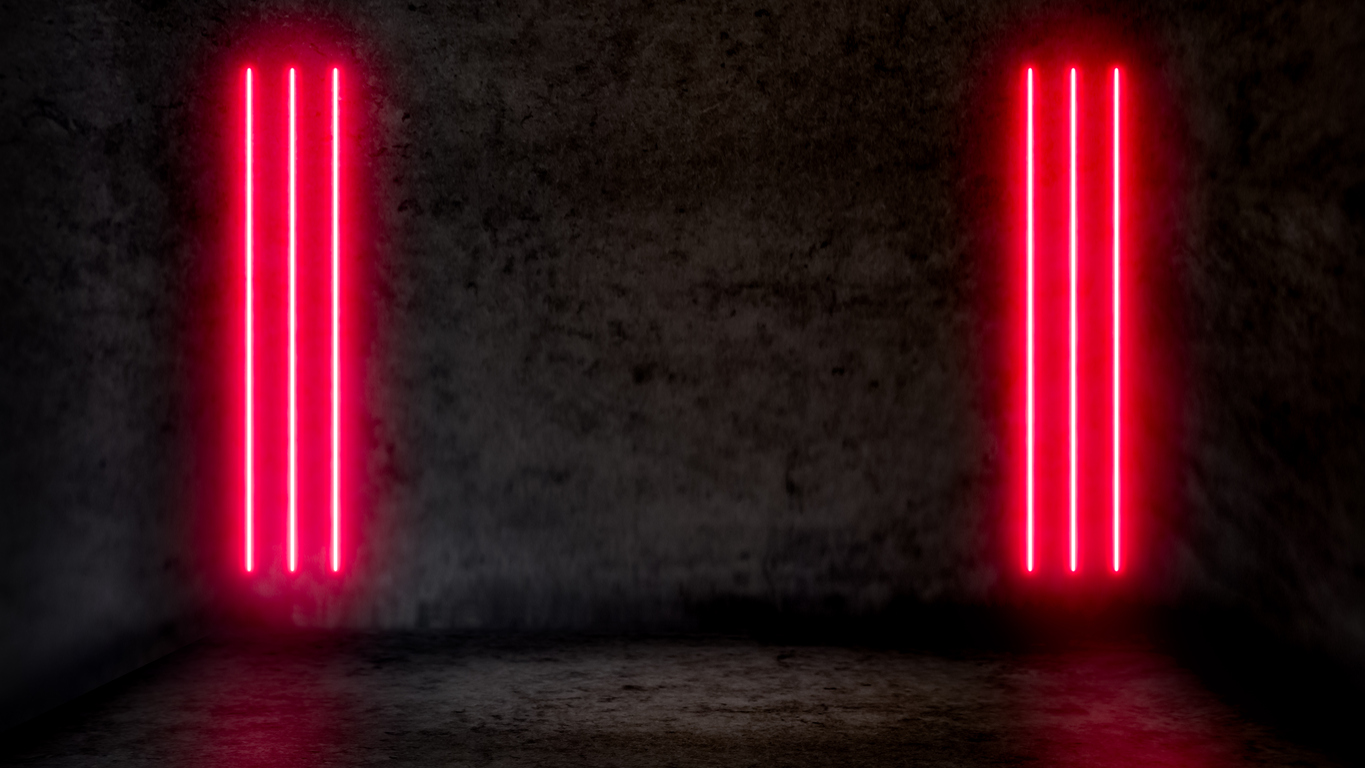At this point, we all know that exposure to blue light can interfere with our sleeping patterns. We use blue light filters on our phones and wear blue light glasses while working on the computer. However, the average person doesn’t really think about how other wavelengths of light affect their daily habits. For example, maybe red light can help you sleep.
Recent research into the effects of red light on sleep indicates that we may need to pay more attention to the ways different types of light change our sleeping habits. Red light has recently received a lot of media attention due to studies that suggest controlled exposure could potentially improve sleep. That being said, most media sources have over-simplified this research to make claims that require further study despite the expanding literature available on the topic.
The Science of Sleep and Red Light
Several studies suggest red-light therapy could have a positive effect on sleep. However, at this time, they form the basis of a theory that is still undergoing trials. They tend to follow small sample sizes, with different metrics, and no specific focus on particular sleep disorders. That doesn’t mean they’re poorly done or incorrect, but it does mean that there are still a lot of things we don’t know about how red-light therapy affects different people.
Chinese researchers found that controlled red light exposure appeared to improve sleep quality in a small sample of athletes. Part of the Chinese women’s basketball team was irradiated in red light for thirty minutes before sleeping. This continued for fourteen days. The control group was not exposed to any light.
Their study argues that red-light irradiation before bed was able to successfully improve sleep quality. However, these conclusions could prove problematic given the limitations of the study. The team tracked only twenty female athletes. All were between the ages of 15 and 22. Without further information, it is impossible to know if there are any significant differences in the ways red light may affect different groups. It seems red light can help you sleep, but we need more evidence.
A more recent study in Nature and Science of Sleep found a positive correlation between red-light exposure and reduced sleep inertia. Sleep inertia is the groggy feeling you experience when you first wake up. It appeared to be reduced in patients exposed to red-light through closed eyelids.
Unfortunately, the sample size for this study was quite small, only 30 people. And the scientists mostly relied on the participants’ own perceptions of sleep inertia. Still, the study did use a mixture of men and women aged 17-43.
The Educated Treatment of Sleep Disorders
Based on these studies, there is evidence that red-light therapy could potentially treat some sleep disorders in the future. However, we need more comprehensive research with a focus on specific sleep disorders. For now, it is not necessarily advisable to assume that red-light therapy will have a positive impact on your own sleeping patterns.
You should speak to a medical professional if you have insomnia, sleep apnea, narcolepsy, parasomnia, or habitual snoring. At Sleep MD NYC, Dr. Mayank Shukla can help to positively identify your sleep disorder. He will build a scientifically-proven treatment plan tailored to you to ensure a better night’s sleep. With over fifteen years of experience serving the people of New York, the team at Sleep MD NYC pride themselves on providing research-driven, professional care to all of their patients.


